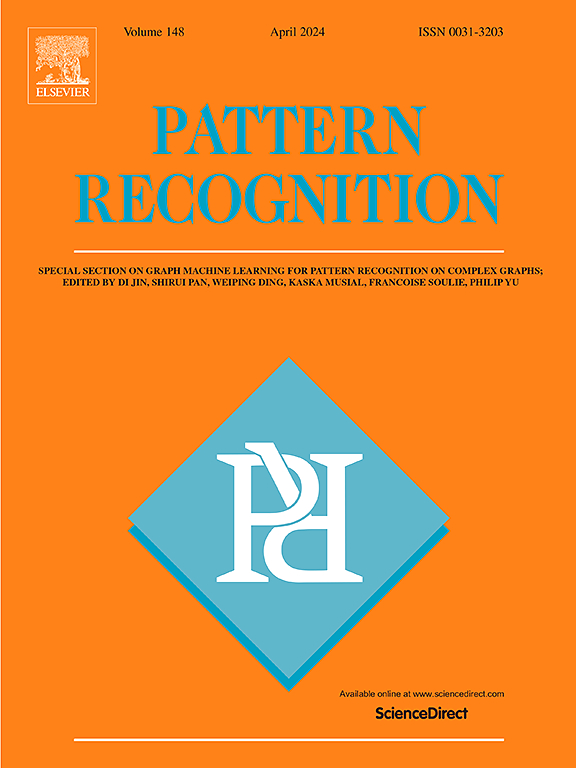A bijective inference network for interpretable identification of RNA N6-methyladenosine modification sites
IF 7.5
1区 计算机科学
Q1 COMPUTER SCIENCE, ARTIFICIAL INTELLIGENCE
引用次数: 0
Abstract
The accurate identification of N-methyladenosine (mA) modification sites is crucial for unraveling various functional mechanisms. While existing methods primarily focus on learning high-quality embeddings of RNA sequences for this task, few of them consider incorporating specific RNA secondary structures, limiting their interpretability for in-depth post-transcriptional analysis. In this work, we introduce a novel bijective inference network, named mA-BIN, which integrates RNA sequences and secondary structures within a unified parameter-shared framework, enhancing the accuracy of mA modification site identification through the auxiliary supervision of RNA secondary structures. To begin with, mA-BIN constructs sequential and structural graphs from RNA sequences and secondary structures, respectively. Bijective mapping functions are then specifically designed to couple the procedures of graph representation learning and interpretable dependency inference, providing informative supervision for learning sequential and structural embeddings of RNA. By fusing these two types of RNA embeddings, mA-BIN efficiently performs the identification task. The attribution phase of mA-BIN further ascribes the prediction results to nucleotide dependencies acquired during the interpretable dependency inference, including RNA sequence and structural patterns, thereby enhancing its interpretability. Extensive experimental results demonstrate the promising performance of mA-BIN, showcasing its efficacy in terms of both accuracy and interpretability for the identification of novel mA modification sites.
求助全文
约1分钟内获得全文
求助全文
来源期刊

Pattern Recognition
工程技术-工程:电子与电气
CiteScore
14.40
自引率
16.20%
发文量
683
审稿时长
5.6 months
期刊介绍:
The field of Pattern Recognition is both mature and rapidly evolving, playing a crucial role in various related fields such as computer vision, image processing, text analysis, and neural networks. It closely intersects with machine learning and is being applied in emerging areas like biometrics, bioinformatics, multimedia data analysis, and data science. The journal Pattern Recognition, established half a century ago during the early days of computer science, has since grown significantly in scope and influence.
 求助内容:
求助内容: 应助结果提醒方式:
应助结果提醒方式:


